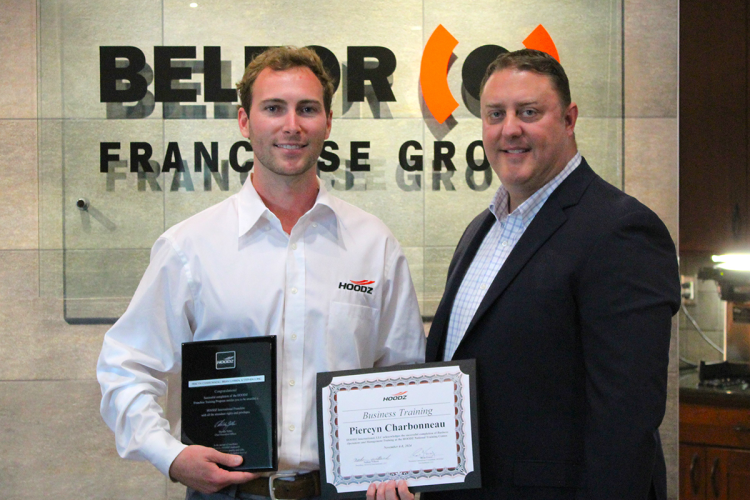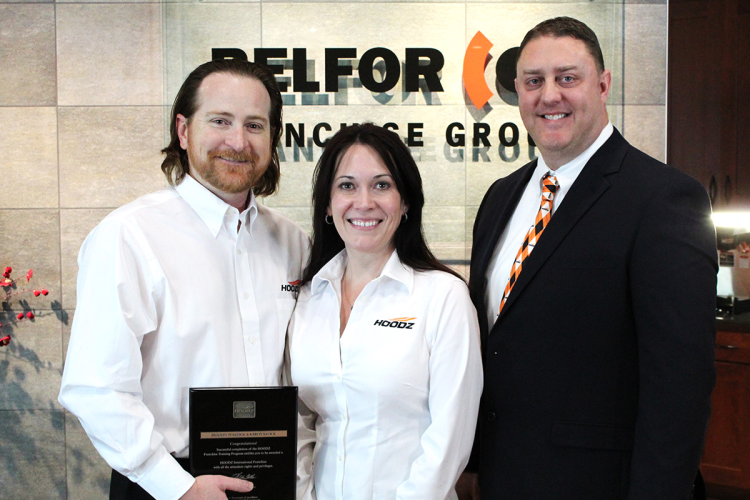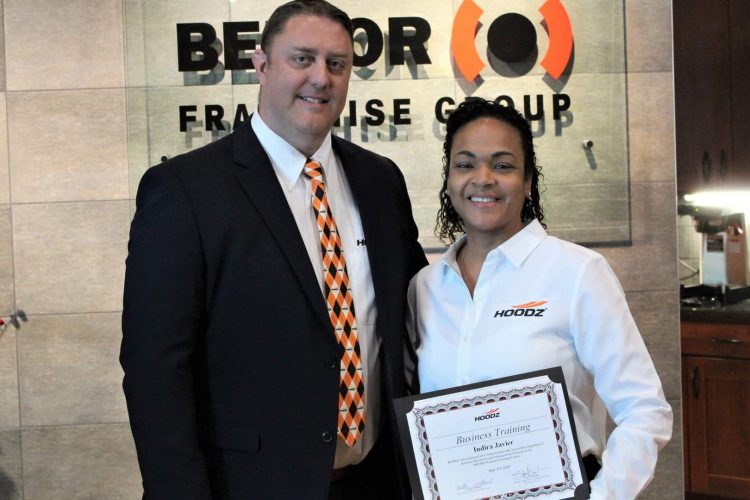How to Keep Your Kitchen Safe From Creosote-Related Fires When Cooking Wood-Fired Foods
As wood-fired foods continue to grow in popularity, the likelihood of fires occurring in restaurants using wood-burning cooking equipment continues to increase as well. This is due in large part to a substance called creosote. Creosote is an oil made up of condensed volatile gases that form from burning wood. Creosote is highly combustible, so any buildup can be a danger for establishments cooking wood-fired foods. To help keep your kitchen safe, the commercial kitchen cleaning experts at HOODZ have outlined the dangers of creosote and some ways to prevent it from building up in your cooking equipment and ventilation system.
Water Vapors and Wood Smoke Lead to Creosote
One of the biggest dangers of cooking wood-fired foods is creosote building up inside the oven and exhaust system ductwork. When water vapor is released during the wood-burning and cooking processes, these vapors mix with the gasses in the smoke from the burning wood. This mixture cools and creates creosote. The gaseous mixture cools as it rises through the ventilation system. So, creosote can build up inside exhaust systems and the wood-fired oven itself. Creosote is a highly combustible substance, so any amount of buildup poses a serious fire hazard.
Creosote Has a Low Flash Point
Surprisingly, at 165 degrees Fahrenheit, creosote has a low flash point. This means that all it takes for a creosote-related fire to begin is an ignition source to heat the creosote to 165 degrees Fahrenheit. Wood-fired ovens can reach temperatures up to 800 degrees Fahrenheit. And flames, sparks, and embers are all present during the cooking process. So, it would be relatively easy for a fire to break out if any amount of creosote has built up inside your kitchen equipment.
Flash Point: the lowest temperature that vapors can ignite when coming in contact with an ignition source, such as embers, flames, or sparks.
Creosote Mixed with Grease is a Disastrous Duo
Creosote also has a low auto-ignition point of 451 degrees Fahrenheit, which is significantly lower than that of grease. Grease buildup is not uncommon when cooking wood-fired foods, and when it combines with creosote, the fire risk increases considerably. This is because the creosote-grease combination is easier to ignite and can burn hotter than creosote would by itself, often resulting in more destructive fires. The biggest danger comes from the fact that both grease and creosote can build up throughout the unseen portions of your kitchen’s exhaust system. So even a minor flare-up can quickly spread and grow out of control.
Auto-Ignition Point: the lowest temperature that a spontaneous ignition occurs without an external source igniting it.
How to Prevent Creosote-Related Fires
For any facility using a wood-fired oven, the best preventative step you can take is to reduce the buildup of creosote and grease in your oven and exhaust system (this includes hood and ductwork if it’s not vented directly). To ensure there’s little to no buildup, implement an effective wood-fire oven cleaning schedule. While the precise schedule will vary according to your restaurant’s needs and NFPA #96 guidelines, there are daily, weekly, and monthly maintenance steps you can take. For example, it’s a good idea to have staff clean the interior and firebox of your oven each day. A professional kitchen exhaust cleaning team should inspect and clean your oven’s exhaust system at least once a month.
At HOODZ, we specialize in fire prevention and code compliance for commercial kitchens. From oven cleaning and vent hood filter cleaning to grease containment system maintenance, the experts at HOODZ can ensure your kitchen can operate safely.
Contact us today to set up your exhaust system inspection and cleaning appointment!


